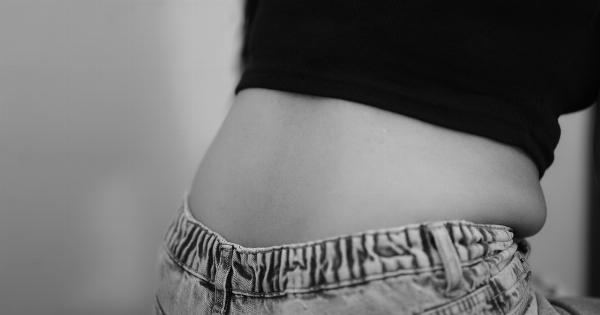The urinary tract plays a vital role in the body, responsible for removing liquid waste from the body. The urinary tract is susceptible to infections, which can lead to several serious health issues.
Understanding the urinary tract can help individuals to identify symptoms of illness and seek appropriate treatment. This article outlines the basic functioning of the urinary tract, signs and symptoms of common urinary tract infections, and potential treatments for these conditions.
The Role of the Urinary Tract
The urinary tract is a vital part of the body’s natural waste removal system. The urinary tract is responsible for producing, storing, and removing urine from the body.
The urinary system comprises of several organs, including the kidneys, ureters, bladder, and urethra.
The kidneys are two bean-shaped organs that are responsible for removing liquid waste and other impurities from the bloodstream, converting it to urine.
The urine produced by the kidneys travels through the ureters, long muscular tubes, and is deposited in the bladder until it is ready to be expelled from the body. The urethra, a tube that carries urine from the bladder, removes urine from the body.
Urinary Tract Infections (UTIs)
Urinary tract infections occur when bacteria enter the urinary tract and multiply. UTIs are common, particularly in women, and can cause significant discomfort and, in some cases, serious complications.
UTIs can occur in any part of the urinary tract, including the kidneys, bladder, urethra, and ureters.
Symptoms of UTIs
Symptoms of a UTI vary depending on the location of the infection. Common symptoms of UTIs include:.
- Frequent urge to urinate
- Inability to hold urine for long periods
- A burning sensation during urination
- Cloudy, bloody or strong-smelling urine
- Painful urination
- Lower abdominal pain or discomfort
Symptoms of a kidney infection, a type of UTI, can include:.
- Fever and chills
- Back or side pain
- Nausea and vomiting
Treatment of UTIs
The treatment of UTIs typically involves antibiotics to clear the infection. Drinking plenty of fluids, especially water, can help flush the bacteria from the urinary tract.
In addition, over-the-counter pain relievers, such as ibuprofen, can be used to alleviate pain and discomfort.
Some individuals may experience recurrent UTIs and may require long-term antibiotic therapy. In some cases, surgery may be necessary to correct underlying structural abnormalities that can lead to chronic UTIs.
Prevention of UTIs
Preventing UTIs involves several steps, including:.
- Drinking plenty of fluids, including water, to flush bacteria from the urinary tract
- Emptying your bladder frequently and completely
- Wiping from front to back after using the bathroom to prevent bacteria entry up to the urethra.
- Peeing after sex to flush bacteria that may have entered the urinary tract out of the body
- Avoiding harsh soaps and perfumes in the genital area, which can cause irritation that allows bacteria to enter
- Wearing loose-fitting clothing to improve airflow and decrease moisture that contributes to bacterial infection.
Urinary Incontinence
Urinary incontinence is a prevalent condition that affects many people, particularly older adults. Urinary incontinence occurs when individuals are unable to control their bladder, leading to involuntary urine leaks.
This condition can cause significant social and emotional problems for those who suffer from it. Urinary incontinence can be caused by underlying medical conditions or weakened pelvic muscles.
Symptoms of Urinary Incontinence
Symptoms of urinary incontinence include:.
- Inability to hold urine when the urge to go arises
- Leakage of urine when coughing, sneezing, or laughing
- Increased frequency of urination
- Burning or painful urination
Treatment of Urinary Incontinence
The treatment of urinary incontinence depends on the underlying cause of the condition.
Treatment options include behavioral strategies such as pelvic floor exercises or bladder training, medication, or surgery to correct anatomic abnormalities or damage to pelvic muscles.
Conclusion
The urinary tract is a vital part of the body’s natural waste removal system. UTIs and urinary incontinence are two common conditions that can impact the proper functioning of the urinary system.
Understanding the symptoms and potential treatment options for these conditions can help individuals identify issues and receive prompt treatment to prevent complications.






























